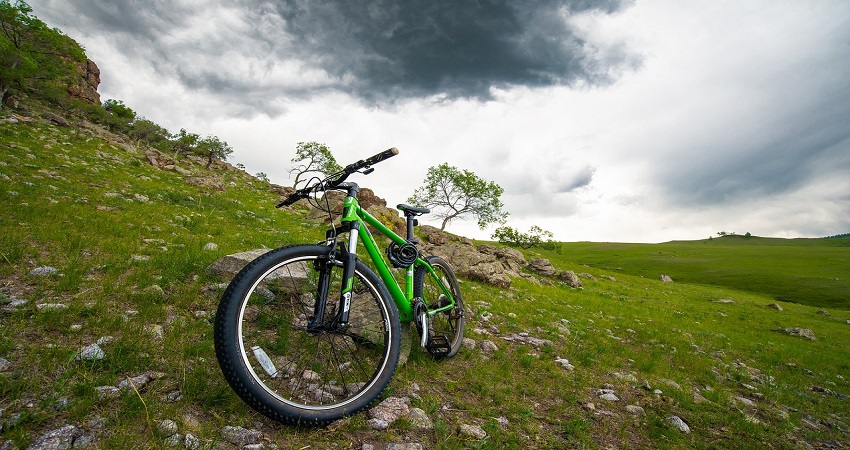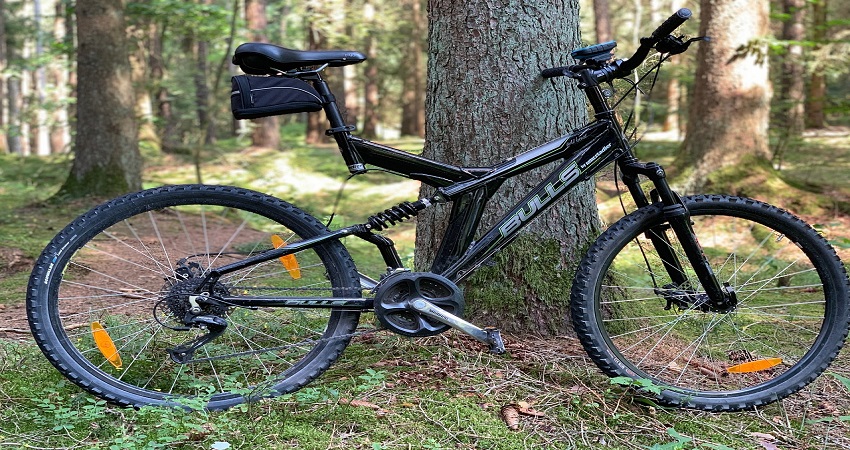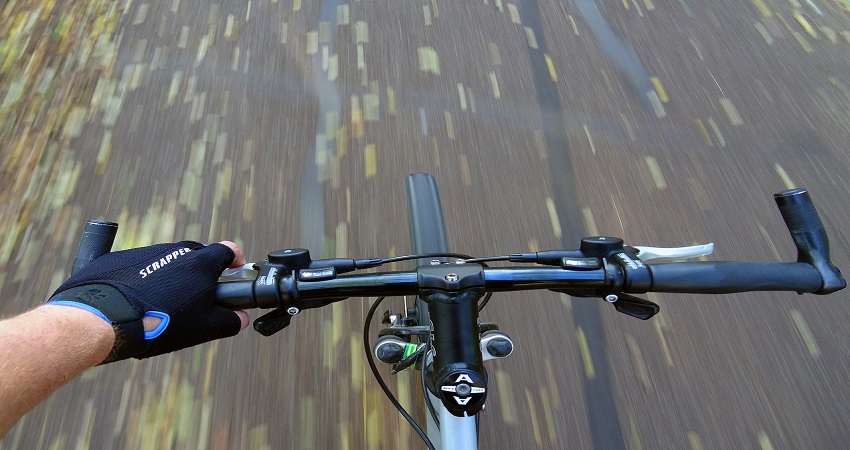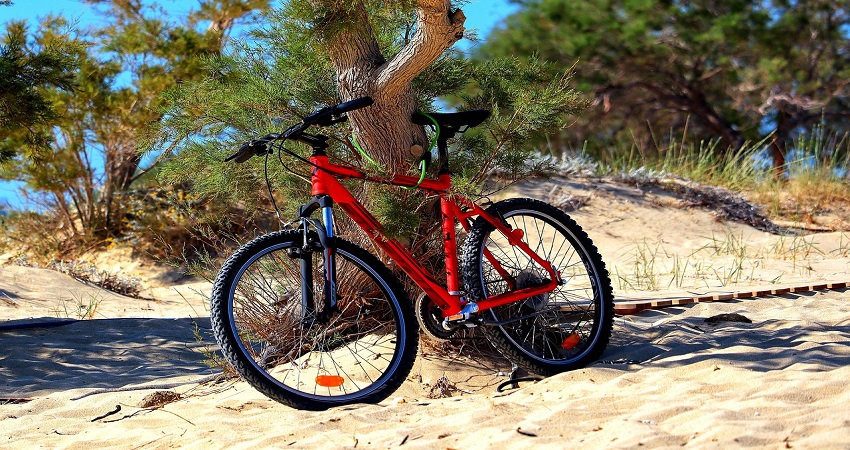Yes, you can put pegs on a mountain bike. Pegs are attachments that can be added to the axle of a mountain bike’s wheels, providing a platform for riders to perform tricks and stunts.
Adding pegs to your mountain bike can enhance its versatility and allow you to explore different riding styles, such as freestyle or BMX. Whether you’re looking to grind rails, execute tricks, or simply have more stability while riding, pegs can be a valuable addition to your mountain bike setup.
By attaching pegs, you open up new possibilities for creativity and fun on your mountain bike. Just ensure that the pegs are securely attached to the axle and compatible with your bike’s specific design and components.
What Are Pegs?
Pegs can be added to a mountain bike, providing a versatile platform for stunts and tricks. Enhance your biking experience with the addition of pegs.
If you are a mountain bike enthusiast, you might have come across the term “pegs.” But what exactly are pegs? Pegs are accessories that can be attached to your mountain bike to enhance its versatility. These small metal cylinders act as platforms or footrests that can be fixed onto the axle of the bike’s wheels.
Purpose
Pegs serve a range of purposes when it comes to mountain biking. Let’s dive into the main reasons why riders choose to install pegs on their mountain bikes.
- Stunts and Tricks: One of the primary purposes of installing pegs on a mountain bike is to perform stunts and tricks. Whether you are into freestyle riding or simply want to explore your creativity on the trails, pegs provide a platform for executing daring maneuvers. From grinding rails to performing flatland tricks, pegs can take your riding skills to the next level. Paragraph
- Balance and Control: Pegs contribute to improved balance and control while riding. By extending the surface area of your bike, they create additional stability. This extra support can be particularly useful when tackling technical terrains or attempting tight turns. The added control offered by pegs can help you maneuver through obstacles with greater ease. Paragraph
- Foot Rest: Another benefit of pegs is that they offer an alternative foot placement option. While riding, you can position your feet on the pegs rather than the pedals. This can help alleviate fatigue and distribute weight more evenly, especially during long rides. Additionally, it allows you to switch between pedal and peg foot positioning based on your preference or riding conditions.
- Style Quotient: Lastly, pegs can add a touch of style to your mountain bike. With various designs and colors available, you can customize your pegs to match your personal aesthetic or make your bike stand out among the crowd.
Adding pegs not only enhances the functionality of your bike but also allows you to express your individuality through your equipment. In conclusion, pegs are versatile accessories that offer a range of advantages to mountain bike riders. Whether you are seeking enhanced riding skills, improved control, or a stylish upgrade, pegs can be a worthy addition to your mountain bike setup.
Can You Put Pegs On A Mountain Bike?
Mountain biking is an exhilarating sport that combines adrenaline-pumping rides with challenging terrains. As you navigate through rough trails and conquer obstacles, you may wonder if it’s possible to enhance your mountain biking experience by adding pegs to your bike. In this article, we’ll explore the technical considerations and risk factors involved in putting pegs on a mountain bike.
Technical Considerations
Before you rush to install pegs on your mountain bike, it’s crucial to consider the technical aspects of this modification. Mountain bikes are specifically designed for off-road riding and are equipped with features that cater to rough terrains.
Here are some technical considerations to keep in mind:
- Frame Strength: Adding pegs may exert additional pressure on the bike’s frame. Ensure that your mountain bike has a sturdy frame that can withstand the increased load.
- Axle Compatibility: Check if your bike’s axles are compatible with pegs. Some mountain bike axles are not designed to support pegs, and attempting to install them may result in damage to the axle or wheel.
- Clearance: Evaluate the clearance between your bike’s frame and the ground. Pegs may reduce ground clearance, making it difficult to navigate over obstacles, such as rocks and tree roots.
- Suspension Functionality: Consider how pegs may interact with your bike’s suspension system. Some bikes rely on suspension components located near the pedals, which may be compromised or obstructed by pegs.
Risk Factors
While adding pegs to your mountain bike can enhance your riding experience, it’s important to acknowledge the associated risk factors. Here are some considerations to help you evaluate the potential risks:
- Bike Stability: Pegs can alter the bike’s weight distribution, affecting its stability during rides. This may impact your control over the bike, especially when tackling technical trails or performing maneuvers.
- Increased Injury Risk: With pegs attached to your mountain bike, there is a higher likelihood of injury during falls or crashes. The presence of pegs can catch on objects or cause your feet to get stuck, potentially leading to severe injuries.
- Reduced Maneuverability: Pegs can limit your ability to smoothly maneuver your bike, particularly during tight turns or when navigating narrow trails. The added width may restrict your bike’s agility, impeding quick direction changes.
- Ground Contact: As mentioned earlier, pegs can decrease ground clearance. This reduction in clearance may result in your bike hitting the ground or obstacles, ultimately affecting your bike’s performance and minimizing its off-road capabilities.
Considering the technical considerations and risk factors mentioned above, the decision to put pegs on your mountain bike should be weighed carefully. It’s recommended to consult with a professional bike mechanic or experienced riders to assess the feasibility and potential impact on your mountain biking experience.
Advantages Of Using Pegs On A Mountain Bike
Using pegs on a mountain bike offers several advantages, such as providing a platform for tricks and stunts, adding versatility for different riding styles, and allowing for passenger rides on the bike. Exploring the possibility of adding pegs to your mountain bike can greatly enhance your riding experience.
Using pegs on a mountain bike can enhance your riding experience in a number of ways. From improved control and stability to enhanced trick performance, pegs can open up a whole new world of possibilities on the trails. In this article, we will explore the advantages of using pegs on a mountain bike and how they can take your riding skills to the next level.
Improved Control and Stability:
Using pegs on a mountain bike can provide you with improved control and stability during your rides. By attaching pegs to your bike, you create an additional contact point between your feet and the bike itself, which can help you maintain better balance and control in tricky terrain. With pegs, you can distribute your weight more evenly, allowing you to maneuver the bike with greater precision. In tight corners or technical descents, the extra stability that pegs provide can be a game-changer, giving you the confidence to push your limits and tackle challenging obstacles.
Enhanced Trick Performance:
Pegs are not only beneficial for trail riding but they also significantly enhance trick performance on a mountain bike. Whether you are a seasoned rider or just getting started with tricks, pegs can take your skills to the next level. The added leverage and stability offered by pegs make it easier to pull off tricks such as grinds, stalls, and manuals. With pegs, you can experience an amplified sense of control, enabling you to land tricks more smoothly and effortlessly.
From technical street-style tricks to freestyle jumps, pegs can expand your trick repertoire and unlock new possibilities for creativity on your bike.
In conclusion, the advantages of using pegs on a mountain bike are clear. From improved control and stability to enhanced trick performance, pegs can revolutionize your riding experience. Whether you are looking to tackle challenging trails with confidence or take your trick skills to the next level, pegs can be a valuable addition to your mountain bike setup. So why not give them a try and unlock a whole new world of riding possibilities?
Disadvantages Of Using Pegs On A Mountain Bike
Adding pegs to a mountain bike can have certain drawbacks. These include compromising the bike’s maneuverability, causing stability issues, and increasing the risk of damage to both the bike and the rider. It’s important to weigh the pros and cons before deciding to use pegs on a mountain bike.
Add Weight
Adding pegs to a mountain bike may seem like a convenient way to enhance your ride, but it comes with disadvantages. One major drawback is the added weight it brings. When you attach pegs to your bike, you’re essentially adding extra components that increase the overall weight. This can have a negative impact on your bike’s performance, making it harder to navigate steep climbs or maneuver tight corners. It can also make your bike feel sluggish and less responsive, ultimately affecting your riding experience.
Frequently Asked Questions For Can You Put Pegs On A Mountain Bike?
Can You Add Pegs To A Mountain Bike?
Yes, you can add pegs to a mountain bike. However, it’s important to note that mountain bikes are primarily designed for off-road terrain and may not have the necessary components or frame strength to withstand the added stress of tricks or stunts performed with pegs.
It’s recommended to consult with a bike specialist or manufacturer before installing pegs to ensure compatibility and safety.
What Are The Benefits Of Putting Pegs On A Mountain Bike?
Adding pegs to a mountain bike can provide additional options for riders, allowing them to perform tricks, stunts, or use the bike for transportation purposes. Pegs can be useful for riders who enjoy grinding rails or doing flatland tricks. However, it’s essential to consider the limitations of the bike’s design and ensure that installing pegs does not compromise safety while riding off-road trails.
Can I Install Pegs On Any Mountain Bike Model?
Not all mountain bikes are designed to accommodate pegs. The feasibility of installing pegs on a mountain bike depends on the frame design, width of the rear axle, and availability of appropriate mounting points. Some mountain bikes are specifically built with integrated peg mounts, while others may require modifications or adaptors.
It’s crucial to consult with a bike specialist or the manufacturer to determine if your specific mountain bike is compatible with pegs.
Conclusion
Adding pegs to your mountain bike can offer an exciting and practical option for riders looking to enhance their biking experience. Whether for freestyle tricks or simply taking a break during long rides, pegs can add versatility to your mountain bike.
However, it is crucial to consider factors such as bike compatibility and personal preferences before installing pegs. With proper precautions and maintenance, pegs can be a valuable addition to your mountain biking adventures.



